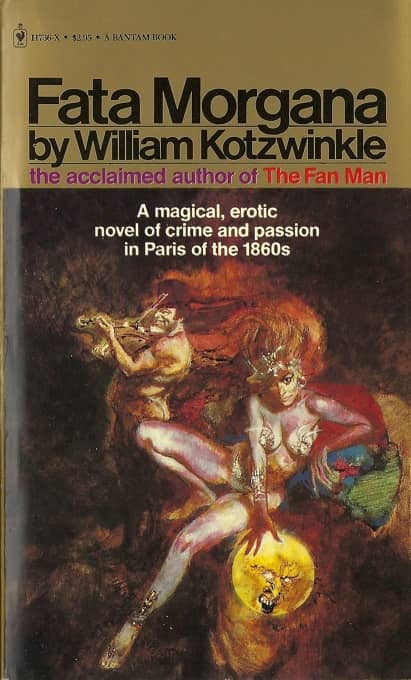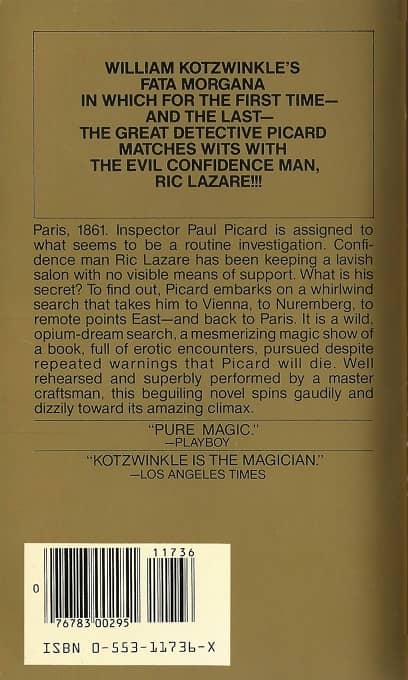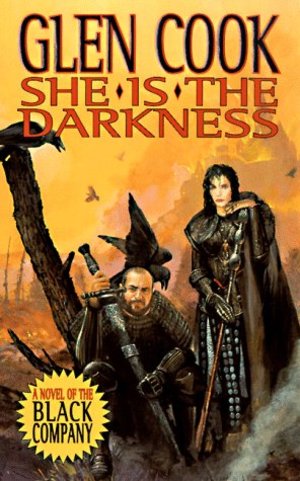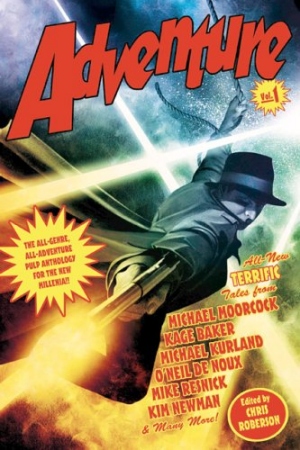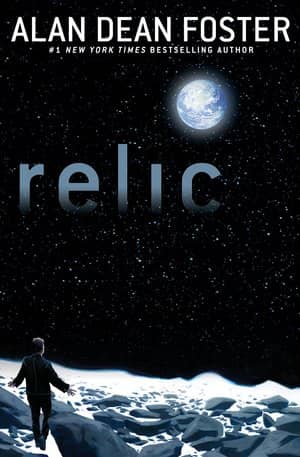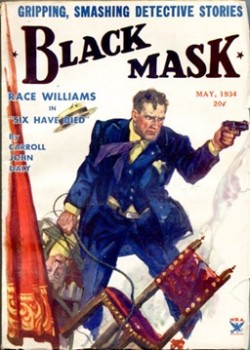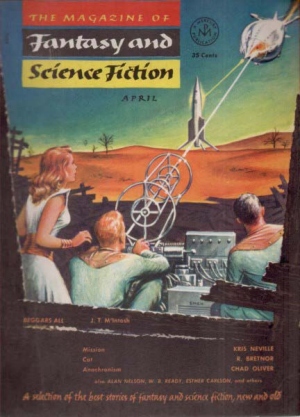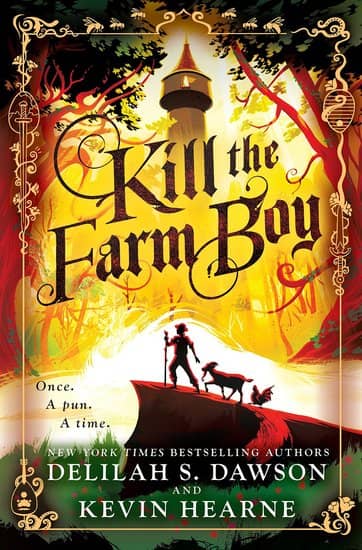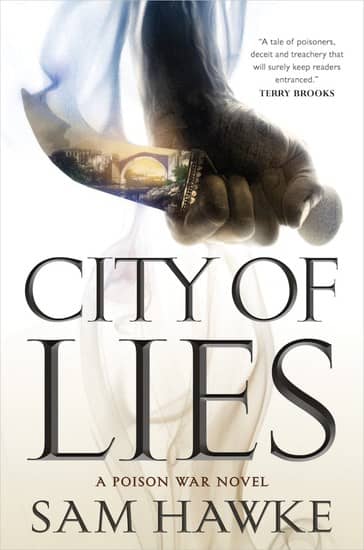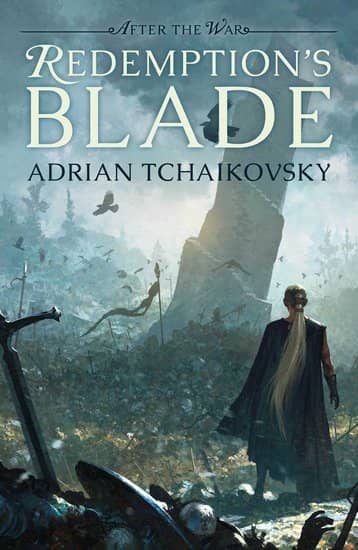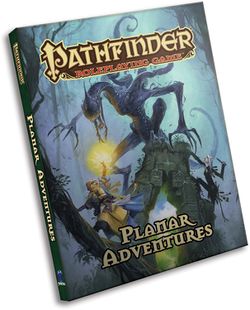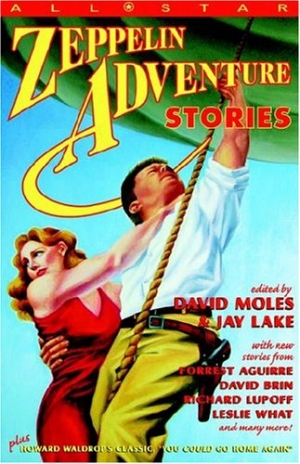John DeNardo on 31 Science Fiction & Fantasy Books You Should Read in July
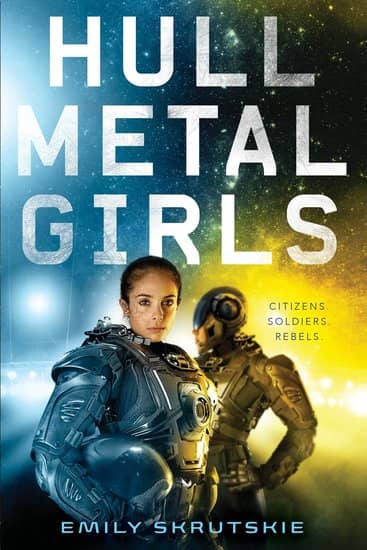 |
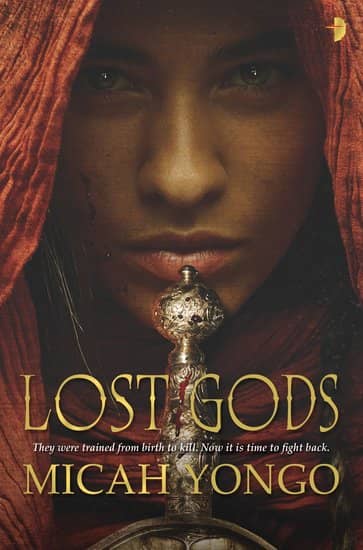 |
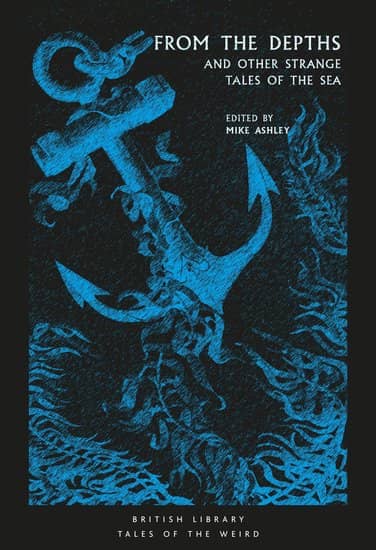 |
Over at Kirkus Reviews, John Denardo has a regular monthly book column. For July he mixes things up a bit by recommending a book for every single day of the month.
I am constantly in awe at the vast number of books that are published every month. July alone sees the publication of several hundred speculative fiction titles vying for your reading time. It can thus be a daunting task for readers to find their way to the best of them. That’s where I come in. Every month, I sift through the vast number of speculative titles and pick out the ones that deserve your attention…
In Emily Skrutskie’s intriguing Hullmetal Girls, the path to a better life (or at least the money to buy one) may be volunteering to become a mechanically-enhanced soldier called a Scela. That’s what Aisha Un-Haad decides to do to raise the money she needs for her brother’s medical treatment. In the Fleet is where Aisha meets Key Tanaka, a Scela with only fuzzy memories of her former, well-to-do, pre-Scela life. Both women from disparate backgrounds must work together if they are to challenge the pending rebellion… There’s also Micah Yongo’s Lost Gods, a dark fantasy in which a young assassin named Neythan finds himself hunted by his assassin brothers and sisters when he is framed for the murder of his closest friend. Neythan’s journey will lead to him learning the true nature of his revered assassin brotherhood… I said it before and I’ll say it again: Short fiction rocks. July is stuffed so full of short fiction, you won’t know where to start. I do… check out From the Depths: and Other Strange Tales of the Sea edited by Mike Ashley.
Hullmetal Girls is available in hardcover from Delacorte Press (320 pages, $17.99, July 17). Lost Souls is from our friends at Angry Robot (448 pages, $12.99 in trade paperback, July 3, 2018). From the Depths is part of the Tales of the Weird library from British Library Publishing (320 pages, £8.99/$12.50 US, July 19, 2018). Check out John DeNardo’s complete list of July recs here.
